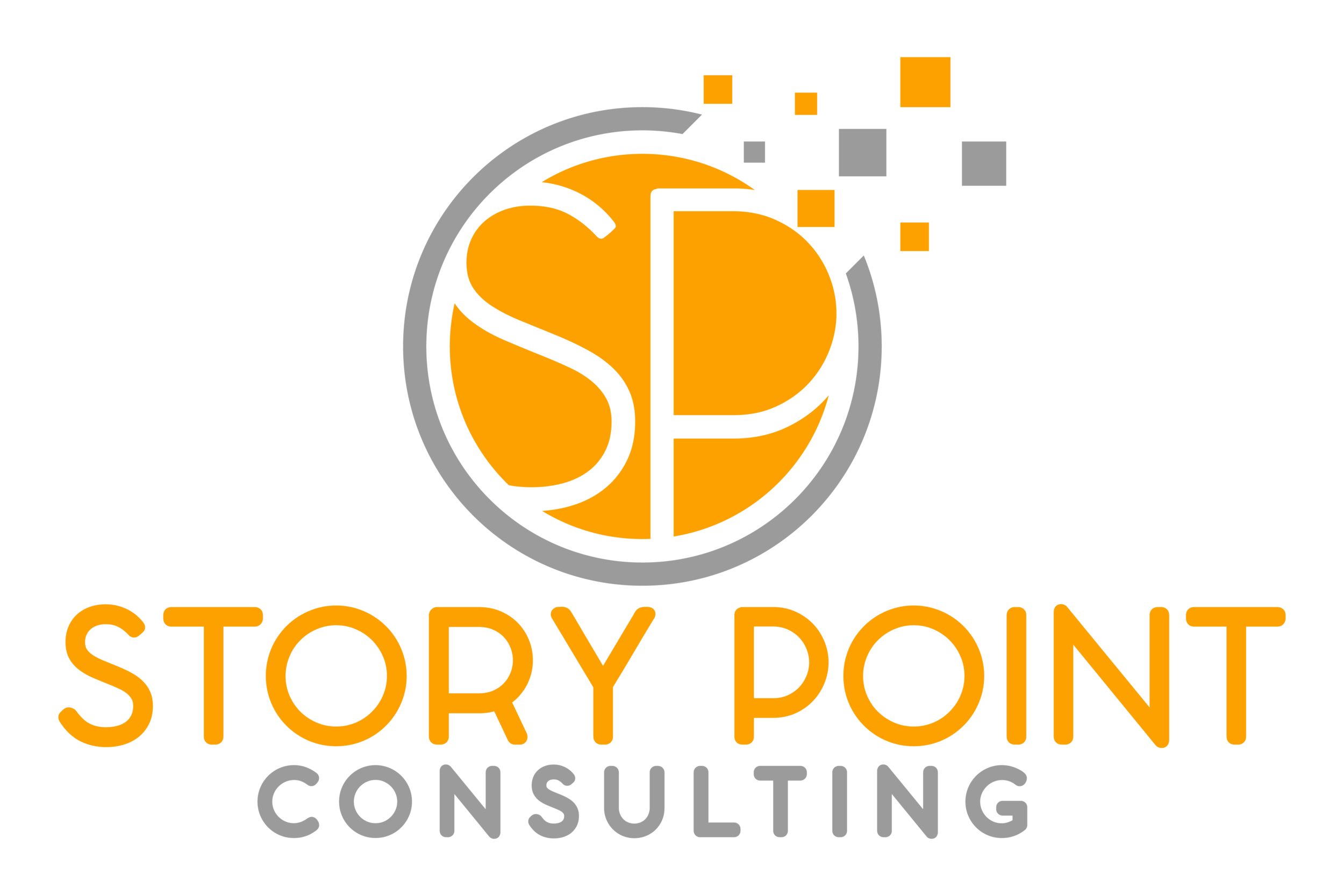4 Steps to Find Your Best Supporters
Where do I find supporters for our nonprofit organization?
You may be a small or even one-person team that feels compelled to look for donors outside of your organization. But, a great place to start looking for supporters is within your own donor database. Whether you use donor management software or manage your data with spreadsheets, there’s a good chance your organization has a list of people that are already connected to your organization. These individuals might be volunteers who already give their time, or others who are part of your personal network.
DIY research to find supporters
Finding donors for your nonprofit organization is not a small job, and can be challenging for small teams. However, if you can carve out some time, you can do it yourself. This task may seem challenging at first, but with persistence, you are sure to make progress. Ensuring you have a clear strategy can make this process much more manageable, ultimately leading to successful fundraising. If you are new to finding supporters in your data, here are four simple yet effective steps to follow.
Gather and consolidate data into one source. To effectively cultivate a dedicated supporter base, it's crucial to gather and compile all relevant data into a central location. This step is key as it forms the foundation for your organization to make data-driven decisions. The data can consist of any details that you have about your supporters such as; contact information, amount of gifts received, or if you track the number of hours someone has volunteered. However, one of the most important aspects is that your data is clean. It will be very hard for your team to interpret your data, and find strong supporters if there are errors and inconsistencies.
Review supporters' long-term contributions. Assessing a person's donations to your organization involves a thorough look at their overall, or cumulative, giving. For example, there could be a donor who contributes $500 each year. However, there might be another donor who donates a smaller amount of $50 every month. While at first glance, a yearly donation of $500 seems larger, the monthly donor actually contributes $600 over the course of a year. Therefore, if you only focus on the size of individual donations, you could miss out on recognizing the value of consistent, monthly donors and those who have been donating smaller amounts over a long period of time. So, it's crucial to consider all types of donations when evaluating donor contributions.
Define a loyal supporter. Analyzing your data effectively involves identifying individuals who consistently demonstrate strong support for your organization. Remember, the definition of 'strong support' varies from one nonprofit to another, and it is your organization's unique interpretation. For some, it might be those who donate the highest amounts, while for others, it could be those who have provided long-term support. It could also be those individuals who never miss a fundraising event. Or, the definition could be a combination of several factors. Therefore, it's crucial to pinpoint what matters most to your organization. Once you have established the criteria for a loyal supporter, ensure there is an easily visible marker within your data. This way, you'll be able to quickly recognize and appreciate these loyal supporters.
Narrow down your list. The purpose of finding your best supporters is to give you the opportunity to personalize your donor communications. Once you have identified your most dedicated supporters, you can leverage your time to create strong messages that resonate with this group. For smaller teams, it might be more beneficial to focus on a small list of supporters. This allows you to nurture and build stronger relationships with each individual, rather than spreading yourself too thin.
Finding people in your data, that are willing to support your organization, does take some work. But it can be time well spent, as the information can show you where to focus your efforts, and allow you to be strategic in your fundraising. Before you start, make sure that your strategy is to find potential supporters that are in line with your fundraising goals. And there may be loyal supporters that you never noticed, and that are looking to contribute more. You just have to find them.
Need help spotting your most loyal supporters? Our software Chronicle helps small teams organize donor data and highlight patterns that support strategic fundraising.




